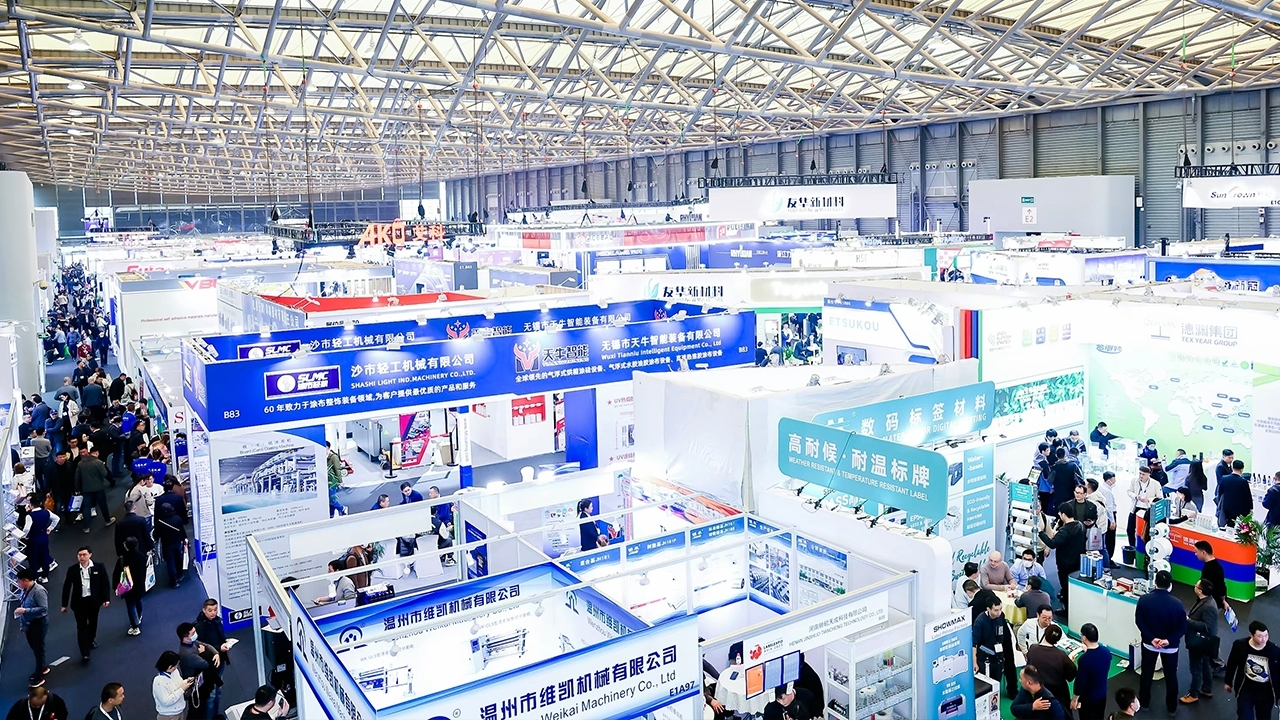Sensory significance
How many Apple product boxes have you saved? In your home. Right now. If you’re an Apple fan, I bet you have at least one empty box sitting on your office shelf or in a closet. So, how many have you saved? I’ll go first: 21.

Saving Apple boxes is a thing. Just ask the internet. A 2021 tweet about the collectible packages collected nearly 700,000 likes and fans created their own hashtag: #TeamKeepTheBox. And whether its boxes from Apple, Samsung, Hermes, Tiffany’s or Target, I’ve heard of people who use their saved boxes for keepsakes, drawer organizers, art collages, and even as a tiny coffin for a deceased hamster.
Sometimes we save packaging because we find uses for repurposing it, upcycling it, or creating art with it. Other reasons are more subtle; for example, the nostalgia factor – the clean, glossy white iPhone or Mac box reminds us of the first time we bought an Apple product. For others, the packaging feels too premium to throw away. And still others simply love the box design as much as they love the product itself.
But there is a broader answer to the question of why we save Apple boxes, or any packaging that we deem too precious to toss. To understand, we need to go all the way back to pre-historic times, when
humankind went from walking on all fours to walking on two legs. Standing upright freed our hands to explore. Receptors in our hands, and particularly in our fingertips, caused the rapid development of our haptic sense and triggered the evolution of our brains to accommodate that incredible sense of touch.
In The Neuroscience of Touch, an extensive piece on ‘neuroscience, communication, paper, persuasion and touch’ conducted by Sappi North America in conjunction with Dr David Eagleman, studies found that nearly half of the brain is devoted to processing sensory input, and much of that sensory receptivity focuses on touch – the only faculty distributed throughout the body.
From brain imagery and scans, scientists have discovered that more than half the brain is devoted to processing our sensory experiences – sight, smell, taste, sound, and touch; much of that is focused on our sense of touch, which is exactly why I – a brand and design strategist who specializes in print packaging and labels – am talking about the brain and haptics. Haptics, the science of touch, influences what we buy, how we feel about our purchase, our brand perception and our brand loyalty.
Let’s begin at the end
To understand the impact of touch on packaging and purchasing, let’s begin at the end of the buying process: the unboxing experience. Unboxing videos and influencers are a huge trend on social media and have become an important extension of the consumer buying journey. Brands want you to feel happy, engaged and connected to them when you unbox, unwrap and reveal their product nestled in its packaging. Interestingly, watching an unboxing video is not a passive activity. It activates our brain’s ‘mirror neurons’, an experience discovered by Italian researchers in the 1990s.

Mirror neurons are what make us feel or think that we are actually doing something by watching someone else do it. For example, when someone yawns and you yawn, even if you’re not actually tired. Your body is physiologically empathizing, and so you yawn.
Mirror neurons are activated when we watch unboxing videos. Part of our brain thinks we’re unboxing the product, too. That can trigger two other phenomena: Psychological Ownership and the Endowment Effect (more about those below). What’s even more powerful is that 62 percent of people watching unboxing videos are watching with the intent to purchase.
So now the package is not only powerful when an initial consumer buys it, but it takes on even more significance when shared online. Its value went not only from my engagement but also to yours. And in the case of many Apple unboxing videos that have gone viral, the value is attributed not only to the owner of the package (and the video) but extends to millions of other people who have viewed it and experienced an emotional connection. In one particular video with 15 million views, research shows that 9 million viewers watched as part of their research to purchase their next iPhone.
What is it about touch that connects us with brands and how we experience a brand’s content? One theory is that the physicality of print and packaging has a powerful effect on the way we consume, comprehend and retain messages, as compared to digital mediums. Different and greater parts of your brain are active when reading on paper vs on a digital device. That creates more memories and stronger emotional connections, including happiness. Physical objects make us happy because we can hold them and touch them. It’s real, so we trust it. And trust is essential to building brand loyalty.
Psychological Ownership and the Endowment Effect
You might not have given it much thought, but touching a package is also very persuasive. Two phenomena occur: Psychological Ownership, and the Endowment Effect.
First, what is Psychological Ownership? It means that merely touching a product increases our feeling of ownership. When we see something in a store and we pick it up, we start to feel as if it’s ours – even before we’ve purchased it. That’s Psychological Ownership. If you’ve ever been with a toddler who grabs something off the shelf in a store and immediately says, ‘Mine!’ you know what I’m talking about. The adult brain feels the same way – we just express it slightly more subtly.
You can imagine the impact on Psychological Ownership with graphics, tactile effects, embellishments and so on. If a package on the shelf looks like it would feel good to touch it, and you pick up and it does feel good, then you feel as if it’s already yours – well, the next logical step is to put it in your shopping cart. That whole cognitive process happens in a matter of seconds.
The second phenomenon, the Endowment Effect, links what we touch to how much we value it. Once we feel as if we already own a product (Psychological Ownership), the Endowment Effect speaks to the fact that we attribute more value to it.
According to a sensory marketing study by Martin Lindstrom and Millward Brown, ‘the more sensory touch points consumers can access when they’re thinking about buying a brand, the higher the number of sensory memories are activated. And the higher the number of sensory memories activated, the stronger the bond between brand and consumer.’
If we connect all the concepts I’ve mentioned so far, the extended consumer journey looks like this: Customer in store > touches packaging > better memories > stronger emotional connection > Psychological Ownership > stronger trust > Endowment Effect > increased value perception > sale / conversion / purchase > brand loyalty.
The power of packaging as it relates to the brand product
I’ve already shared a few studies showing that various graphics and special effects can attract consumers initially and encourage them to pick a product off the shelf. Then touch can drive a sale and even impulse buys. But how does packaging influence product perception? Consider how you react to a bottle of wine with a cork versus a screw top, or a product in a sturdy box versus a flimsy carton. The materials we touch influence our perception of quality, and are much more persuasive in the customer experience than most marketers realize.

Marketers can leverage an array of sensory elements, such as shape, special effects, embossing, debossing, foil stamping, and other tactile embellishments and finishes. For example, embossing
activates our fingertip receptors. Signature shapes create memories and increase retention.
Take the Toblerone chocolate bar, with its triangular shape inspired by the mountains of Switzerland. You could touch that in the dark and know exactly what it is. And we can’t talk about signature shapes without mentioning the Coca-Cola brand. A Coke bottle is perhaps the most recognized iconic shape in the world. It beckons you to hold it; its center curve is designed to fit your hand perfectly. The thickness of the glass and the green hue speak to its quality.
Other sensory marketing signature elements include color, typeface, texture and coatings, (i.e. soft touch, grainy or super glossy). These signature elements are powerful in a way that transcends the product’s graphic design or logo. How do I know? Because if those elements were not there, we would still associate that product with that particular brand. Brands can indeed ‘own’ a shape, texture, material, graphic style, or color palette.
At the beginning of this article, I asked you the question: why do we save packaging? The reasons vary, but clearly, packaging is powerful to purchasing. In fact, 72 percent of American consumers say their purchasing decision is influenced by the product’s packaging design.
The most successful brands know this and continue to find powerful and unique ways to appeal to the haptic senses in our brains by creating packaging that:
• Connects to more parts of our brain
• Makes more memories
• Creates more emotional connections
• Develops trust
• Triggers Psychological Ownership
• Elicits the endowment effect
• Engages customers to touch the package
• Persuades them to buy
• Builds brand loyalty
The physical, psychological and emotional connections we have toward packaging and objects that we can touch move us, engage us, drive purchase intent, increase sales, create share-worthy unboxing experiences and build brand loyalty. What value do you place on a package that can do all that?
Stay up to date
Subscribe to the free Label News newsletter and receive the latest content every week. We'll never share your email address.


